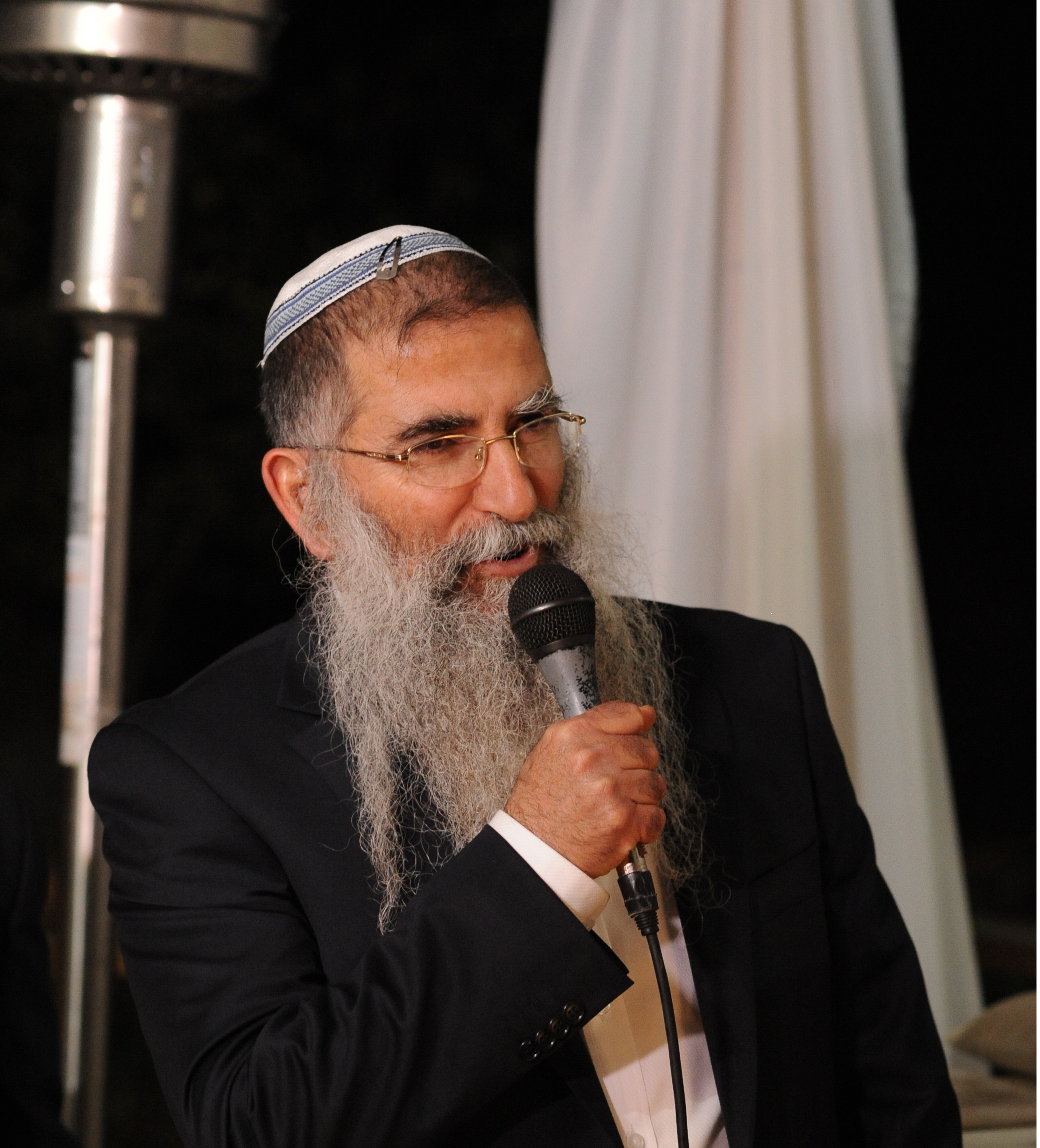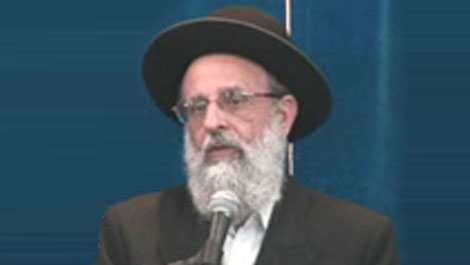Beit Midrash
- Torah Portion and Tanach
- D'varim
- Nitzavim
The Torah study is dedicatedin the memory of
Hana Bat Chaim
This brit is the third covenant in the Torah. The first covenant was the Brit Bein Hab’tarim, at the time of Avraham Avinu. The second was the brit at Har Sinai with the receiving of the Torah, as it says, "Behold, here is the blood of the covenant that Hashem has sealed with you" (Shemot 24:8).
Rashi in this week’s parasha (29:11) explains that the procedure of making a brit is learned out from the word "l’uvr’cha," for you to pass. Those who make the covenant set up two partitions and pass between them. Walking in a narrow place between two partitions is reminiscent of the Talmud’s description of those being judged on Rosh Hashana, "All of the world passes before Him like young sheep"(Rosh Hashana 18:1). Furthermore, the language of "hayom"(translated as "today"), used in the opening pasuk of our parasha, hints at a homiletic connection to the elements of "hayom" which are so prominent in the liturgy of Rosh Hashana, the day of creation, the day we are all judged. It appears that every individual renews his brit with Hashem every year on Rosh Hashana. But what is a brit, why is it significant and why was it necessary in all three circumstances in the Torah and on every Rosh Hashana?
Rav Charlap in his sefer, Mei Marom (Ori V’Yishi 16:96) explains that a brit is made when two people or nations are at the climax of their relationship. The two people, who have warm feelings for each other, make a brit to ensure that despite any hard times their relationship might undergo in the future, they will always conduct their relationship according to the situation of good will present at the time of their covenant. Using Rav Charlap’s definition of brit, we can now appreciate the significance of the three historical covenants and the ongoing phenomenon on Rosh Hashana.
At Brit Bein Hab’tarim, Avraham feared that his descendants would not have the same level of belief in Hashem that he was able to achieve. Hashem, therefore, made a brit to capture the relationship with Avraham at its pinnacle and ensure that the same base relationship would continue with Avraham’s descendants according to the framework with him. At Har Sinai we merited to see the ultimate level of Divine revelation. The brit ensured that the relationship would remain even in times of hester panim, when Hashem’s presence is hidden from us. Finally, Bnei Yisrael prepared to enter Eretz Yisrael and had begun to usher in a period in which they would be more active in their service of Hashem. On the background of the new heights reached by Bnei Yisrael’s acceptance of this new level and the beginning of its implementation, the time was ripe for another brit.
So too, during the month of Elul, every individual should work to attain a high level of closeness to Hashem. The closer that relationship will be, the more significant the brit forged when we pass before Him as sheep on Rosh Hashana will be. If successful, his relationship with Hashem will prevail throughout the highs and lows of the year to come.

Defeating Death
Rabbi Jonathan Sacks | Elul 25 5781

























